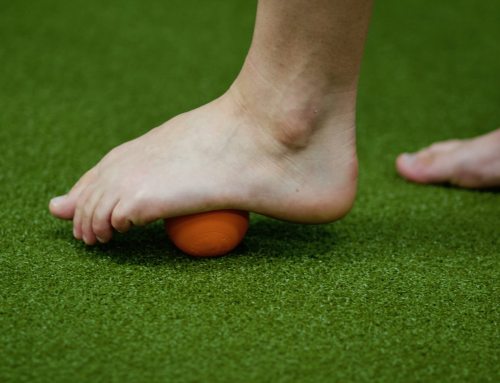By Justin Loss, DPT
“Run smart.” Recently these have become my closing words, at the end of each training session, to one of my “runner” patients. Running smart means making wise training decisions regarding workout selection and racing goals based on how your body feels and not what your training plan says, or what the next group run is doing. It means understanding your body, and training within yourself. Ultimately, I believe it can mean the difference between injury prevention and body failure.
Too often runners look outward for information regarding what they need to do to remain injury free, when in reality the answer often lies within. What do I mean? Think about your last workout. Did you feel strong? Did you feel weak? Did you question whether or not this particular workout was a good idea? How did you arrive at answers to these questions? Most likely it was based upon how you felt before, during, or after a workout; all of which is internal information. Knowing the difference between ”good” exercise-induced soreness, and “bad” injury-impending soreness is critical to evaluating your answer and its utility as it relates to your injury prevention success.
This information should be used to make smart decisions about your next workout. What type should it be: tempo, speed, hill, base, or even an extra rest day? If your legs feel tight, maybe a speed workout is a bad decision. If that extra group run puts you over your projected weekly mileage, maybe you should skip it or only participate in part of it. Remember, most injuries are the direct result of training errors; training errors that could have been prevented by listening to your body and making wise decisions.
The “Run Smart” mantra also applies to training through an injury. When you run smart you put your body first. Example: After a hill workout three weeks ago, you have been nursing some right-sided gluteal pain. You tried to stick to your training plan, but each workout became more painful and your hip felt weak with daily living. At this point, you are being treated by your favorite therapist. Together you conclude this injury is something that can be trained through as long as you “run smart” and make wise decisions based on what your body tells you it is ready for. If you do a speed/interval workout, start slower and build your speed with each set. If your long run is 11 miles, structure your route in such away that you can cut things short if symptoms increase. Feeling weak? Consider a flat run instead of hills.
I understand, it can be hard to listen to your body. Especially, because it is often telling you something in direct opposition to your training plan or what you want to do. However, as an endurance athlete and physical therapist, I strongly believe in developing a solid understanding of what the aches and pains mean and using this information to guide your training decisions, to avoid injury. Happy training, racing, and “running smart.”
# # #
Justin Loss is a physical therapist with ATI Physical Therapy in Chapel Hill, NC. He treats triathletes across all three sports with a focus on lower extremity injuries. Justin has presented research nationally on patellofemoral pain in runners and is a graduate of East Carolina’s physical therapy program. He self-proclaims to be the “most active lazy person there is” because of an addiction to both TV and endurance sports. Most weekends you can find him, and his fiancé Carli, training, racing, or on the couch binge watching Netflix





